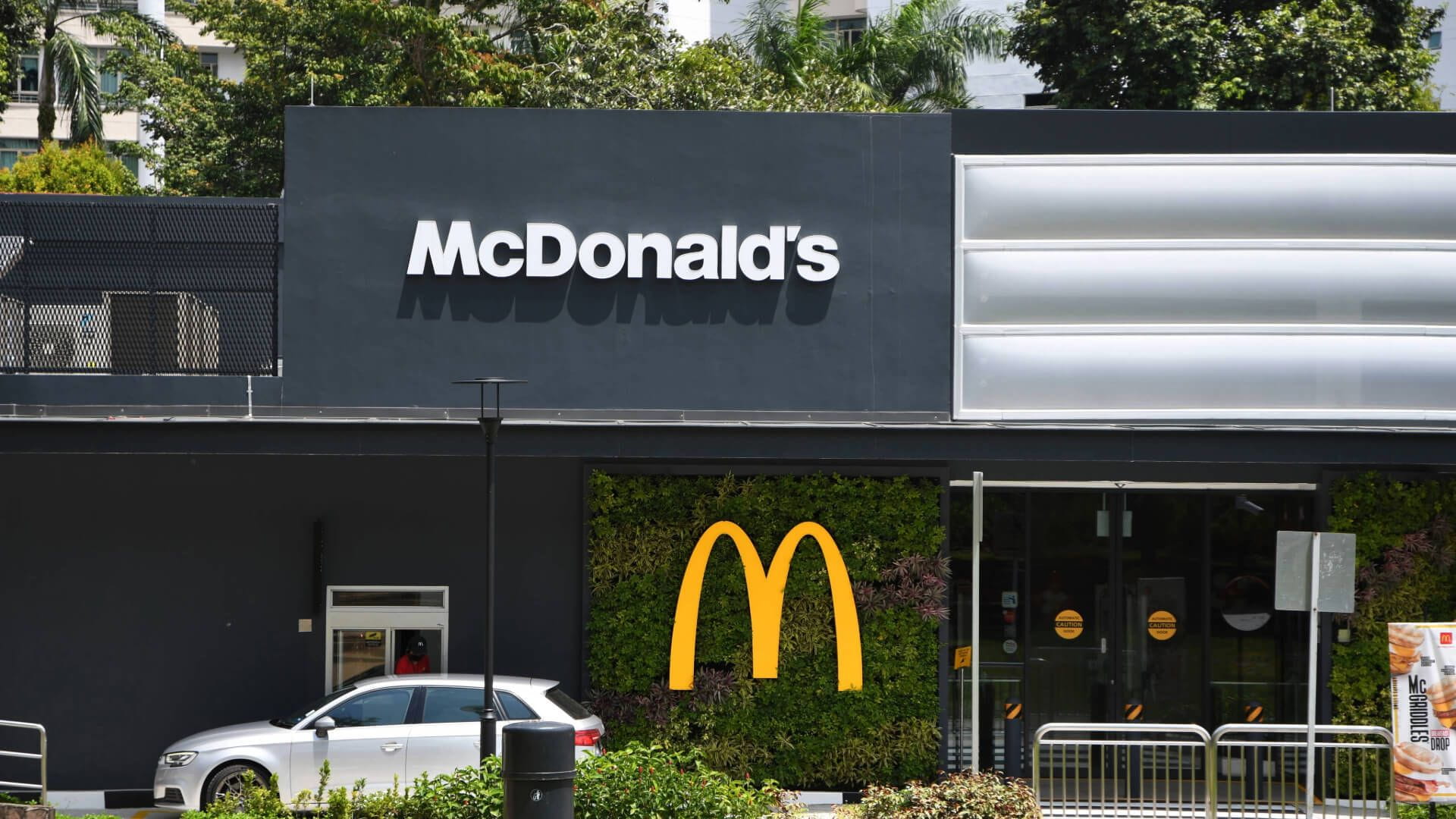McDonald’s AI Revolution: How Technology is Transforming the Golden Arches
Posted by Emily on 6th Mar 2025 Reading Time:
McDonald’s is embarking on a bold technological transformation, integrating artificial intelligence (AI) and edge computing across its 43,000 restaurants worldwide. This ambitious overhaul aims to enhance customer experience, streamline operations, and alleviate pressure on restaurant staff, all while positioning the fast-food giant at the forefront of digital innovation.
Revolutionising the Fast-Food Experience
The initiative comes at a critical juncture for McDonald’s, with recent sluggish U.S. sales reflecting broader economic pressures on fast-food consumers. The company hopes to improve order accuracy, reduce machine downtime, and boost operational efficiency by leveraging AI and real-time data analysis.
McDonald’s Chief Information Officer Brian Rice emphasised the need for innovation to tackle industry challenges. “Our restaurants, frankly, can be very stressful. We have customers at the counter, customers at our drive-through, couriers coming in for delivery, and delivery at curbside. That’s a lot to deal with for our crew,” Rice explained. “Technology solutions will alleviate the stress.”
To support this transformation, McDonald’s partnered with Google Cloud in late 2023, implementing edge computing—a system that processes data on-site rather than relying solely on cloud storage. This approach provides a faster and more efficient way to monitor restaurant operations, particularly in locations with unreliable internet connectivity.
AI-Powered Problem Solving
Predictive maintenance is one of the most promising applications of McDonald’s AI-driven strategy. Sensors installed on kitchen equipment, including fryers and the notoriously unreliable McFlurry ice cream machines, will monitor performance in real time. AI will analyse this data to detect potential issues before they cause disruptions, ensuring a smoother experience for both employees and customers.
Additionally, McDonald’s is testing computer vision technology—the same AI used in facial recognition—to verify order accuracy before food reaches the customer. If widely adopted, this could significantly reduce mistakes and improve satisfaction.
At the drive-through, voice AI is set to transform order-taking. McDonald’s has been experimenting with automated voice ordering since 2019 and recently ended its partnership with IBM to refine the system with Google’s cloud-computing capabilities. The aim is to create a more seamless and efficient ordering process, reducing wait times and enhancing the customer journey.
AI as the Virtual Manager
Beyond customer-facing technology, AI will also be crucial in managing McDonald’s restaurants. The company is developing a “generative AI virtual manager” to handle administrative tasks such as shift scheduling, freeing up human managers to focus on customer service and operational efficiency.
This move aligns with broader trends in the fast-food industry, where competitors like Pizza Hut and Taco Bell are also investing in AI-driven management solutions. According to Jose Gomes, a managing director at Google Cloud, edge computing will soon be a standard tool for businesses with distributed locations, from restaurants to hospitals and factories.
Challenges on the Road to Digital Transformation
Despite its technological ambitions, McDonald’s faces significant hurdles. Implementing AI and edge computing across a vast network of franchised and corporate-owned restaurants presents logistical and financial challenges. The company has not disclosed the cost of its AI investments, but analysts suggest that deploying consistent technology across multiple locations will be a complex and costly endeavour.
Retail analyst Sandeep Unni from Gartner notes that while McDonald’s has aggressively adopted digital innovations, its advantage lies in its vast customer data. By combining AI with this data, the company can personalise promotions based on factors such as previous orders and even local weather conditions.
“A customer who we know loves our sweet treats could get an offer through the app for a McFlurry on a hot summer day,” Rice explained, highlighting AI’s potential to drive customer engagement and boost sales.
The Future of Fast Food?
McDonald’s foray into AI and edge computing marks a significant shift in the fast-food industry. It could set a new standard for how restaurants operate in the digital age. By harnessing AI for predictive maintenance, order accuracy, drive-through automation, and restaurant management, McDonald’s aims to create a more efficient and customer-friendly experience.
While challenges remain, one thing is clear: technology is becoming as central to McDonald’s success as its famous golden fries.





